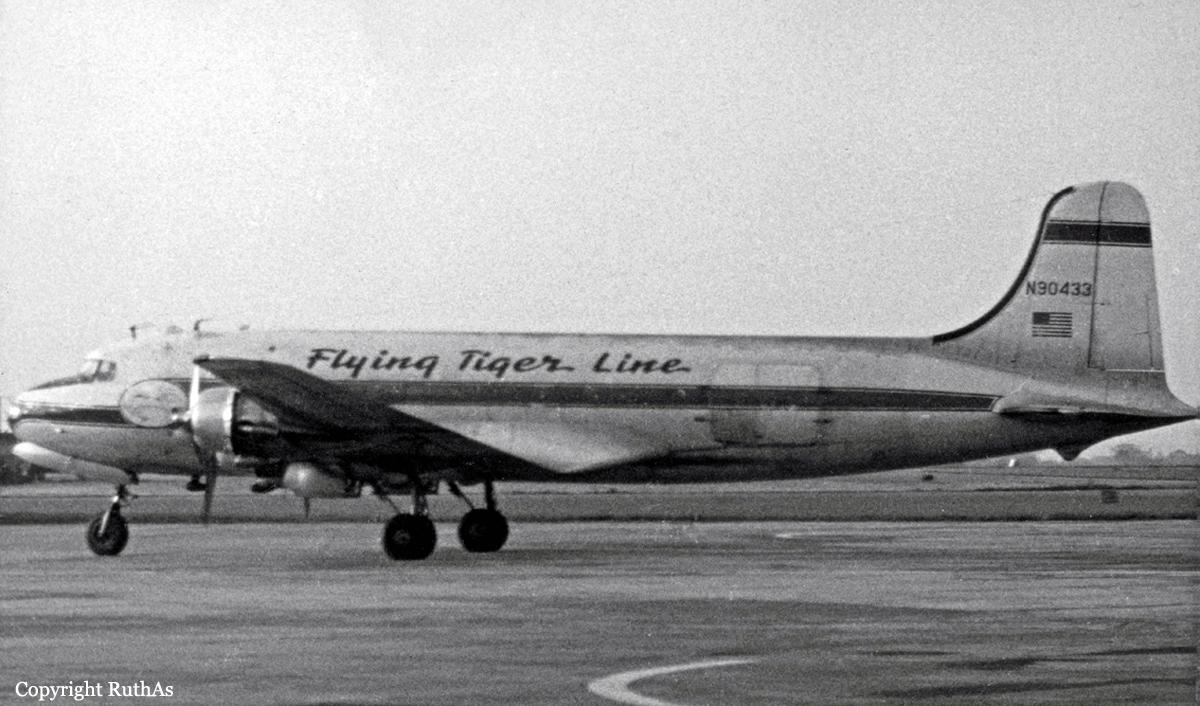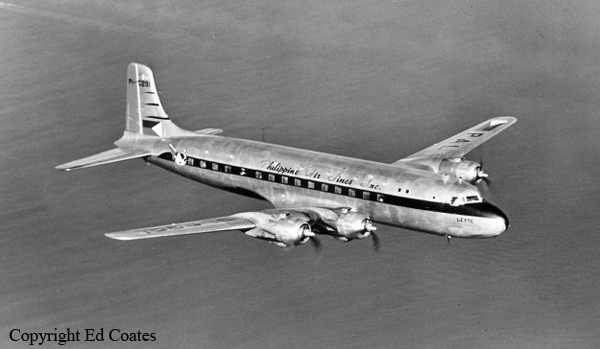Crash of a Boeing C-97C-35-BO Stratofreighter into the Pacific Ocean: 67 killed
Date & Time:
Mar 22, 1957 at 0037 LT
Registration:
50-0702
Survivors:
No
Schedule:
Travis – Honolulu – Wake Island – Yokota
MSN:
16246
YOM:
1950
Crew on board:
10
Crew fatalities:
Pax on board:
57
Pax fatalities:
Other fatalities:
Total fatalities:
67
Circumstances:
En route from Wake Island to Yokota AFB, Tokyo, while cruising at an altitude of 8,000 feet, the crew informed ground about his position 320 km off the Japanese coast and that all was ok on board. Shortly later, the airplane disappeared and the crew was unable to send any distress call. SAR operations were conducted for eight days but no trace of the airplane nor the 67 occupants was ever found.
Probable cause:
Due to lack of evidences, investigations were unable to determine the exact cause of the accident. Nevertheless, it was reported that weather conditions were not so good with clouds between 1,500 and 3,000 meters with turbulences and icing conditions.






